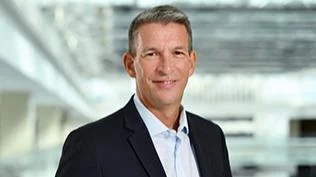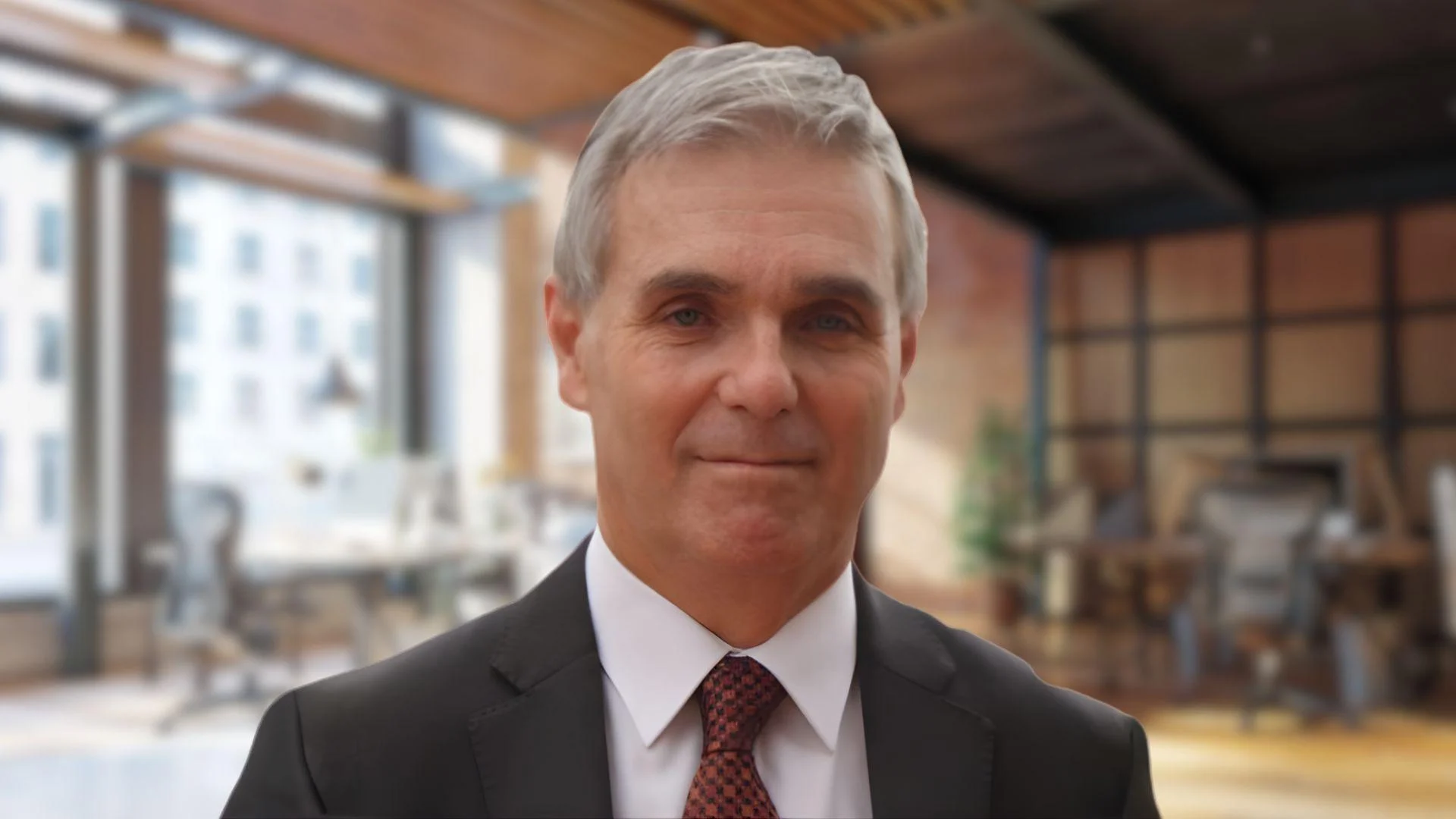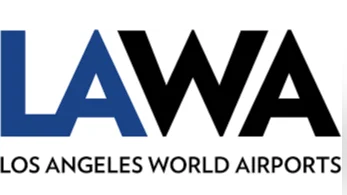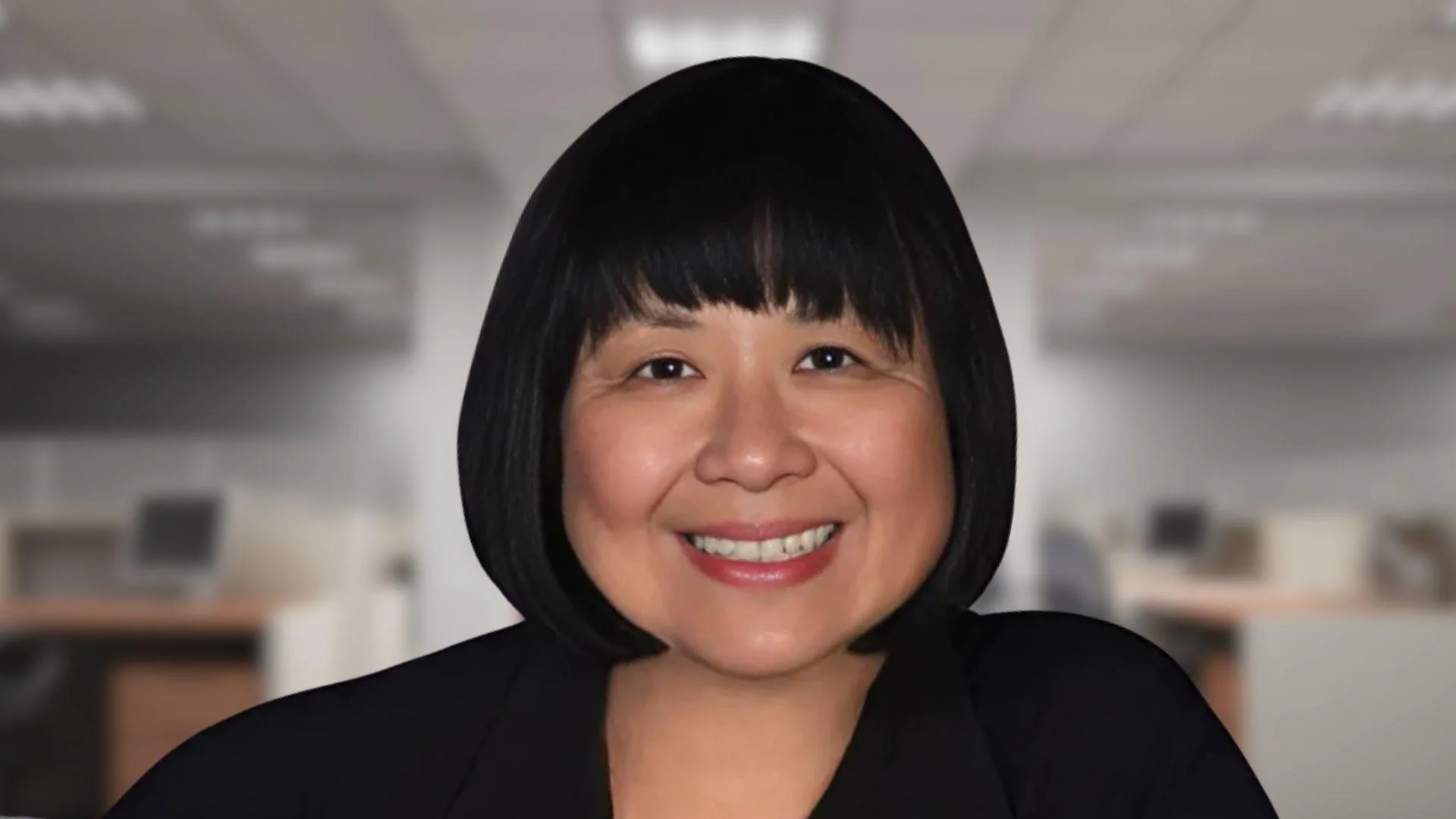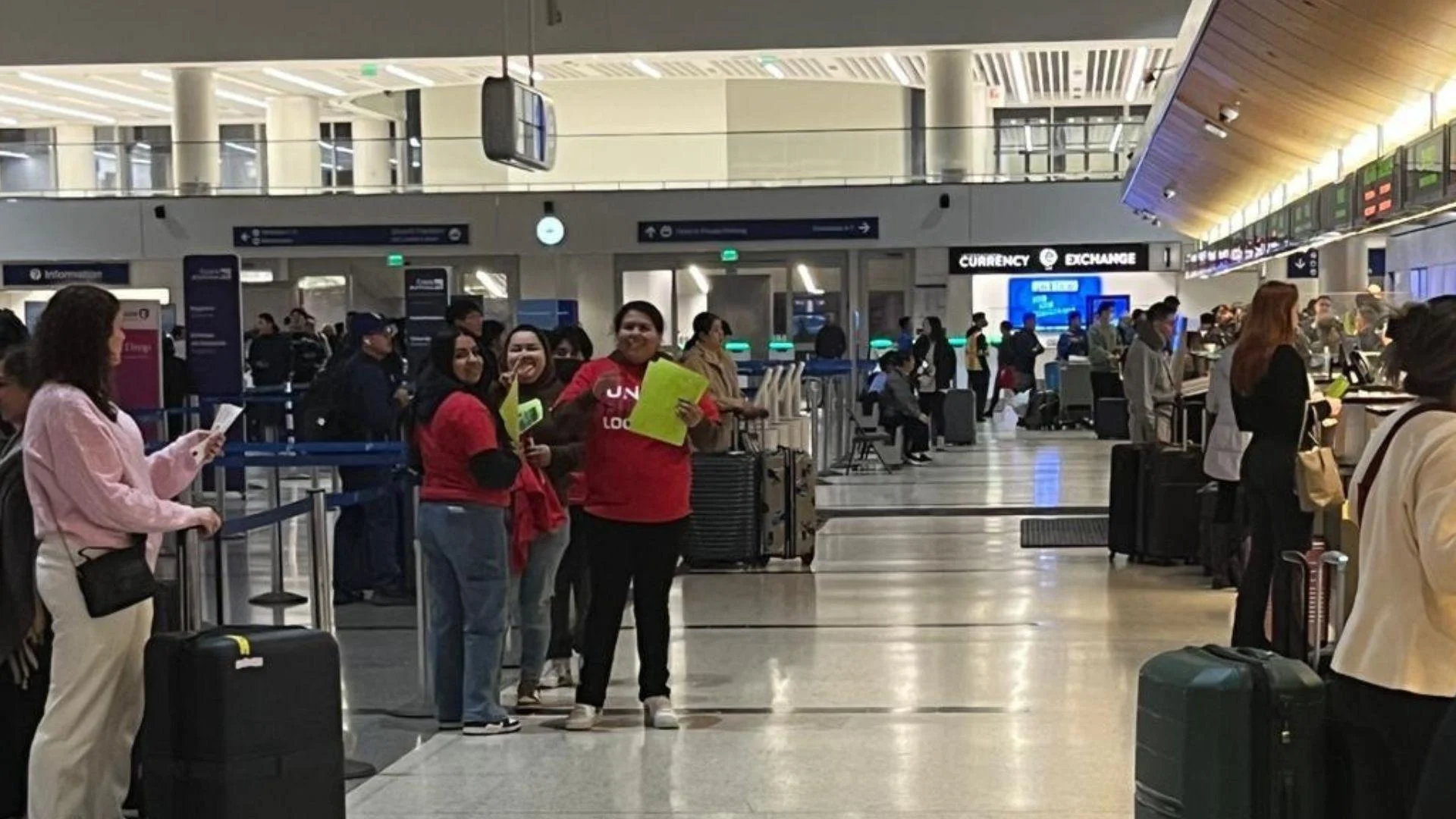Southwest Airlines revolutionized quick turns in the mid-1970s with a pit-stop approach for their Boeing 737s, achieving 10-minute turns at one point. However, current security regulations and larger planes now prevent such rapid turnarounds.
During typical hour-long turnarounds, it is common for one pilot to prepare for the next flight while another fetches refreshments from the terminal for the entire team. Flight attendants often remain onboard due to their responsibilities until all passengers have deplaned and must be back before boarding commences.
Some airlines allow flight attendants to request breaks upon arrival if there are standby crews available to pre-board the next flight. Crew lounges at base airports provide spaces for rest and exercise during longer breaks.
Crew rooms offer various amenities including planning rooms, nap spaces, food, coffee, and even gyms where pilots can work out during extended breaks. These rooms also feature armchairs, televisions, computers for accessing airline servers, training materials, email access, safety publications, and newsletters.
Despite resting in crew lounges during long turnarounds counting towards duty time limitations just as much as flying does. Duty time accrual continues until pilots or flight attendants are released by crew scheduling after their last flight.
Weather delays can further complicate duty periods as crews might get stuck at gates due to conditions like thunderstorms preventing plane pushbacks. During such delays with open doors and attached jetbridges, pilots coordinate with various entities while flight attendants address passenger concerns.
Flight attendants face compensation challenges since most airlines pay them only for flight time despite being on duty during ground delays with passengers onboard—a significant issue in labor negotiations between unions and airlines.
While few turnarounds are as short as 30 minutes today, many still last an hour or less—enough time for pilots to grab a snack but not sufficient for meaningful disembarkation by flight attendants. Longer turnarounds offer opportunities to visit terminals or crew lounges; some crewmembers seek quiet corners of airports when no lounge is available.
 Alerts Sign-up
Alerts Sign-up






























